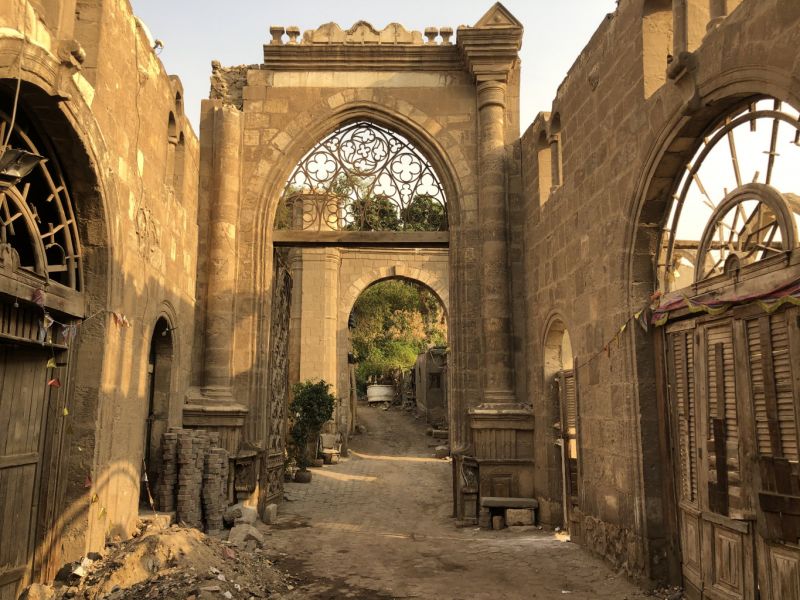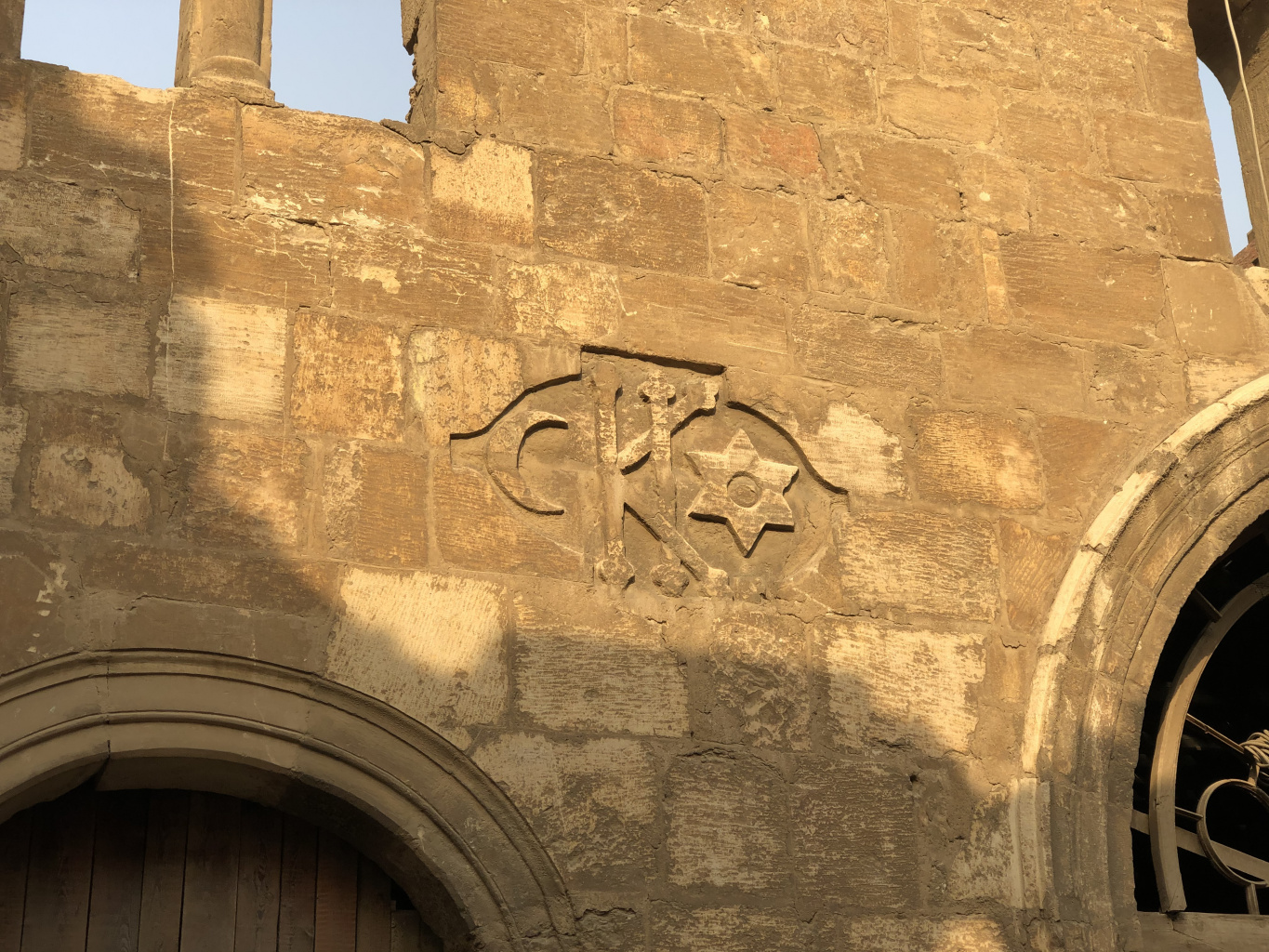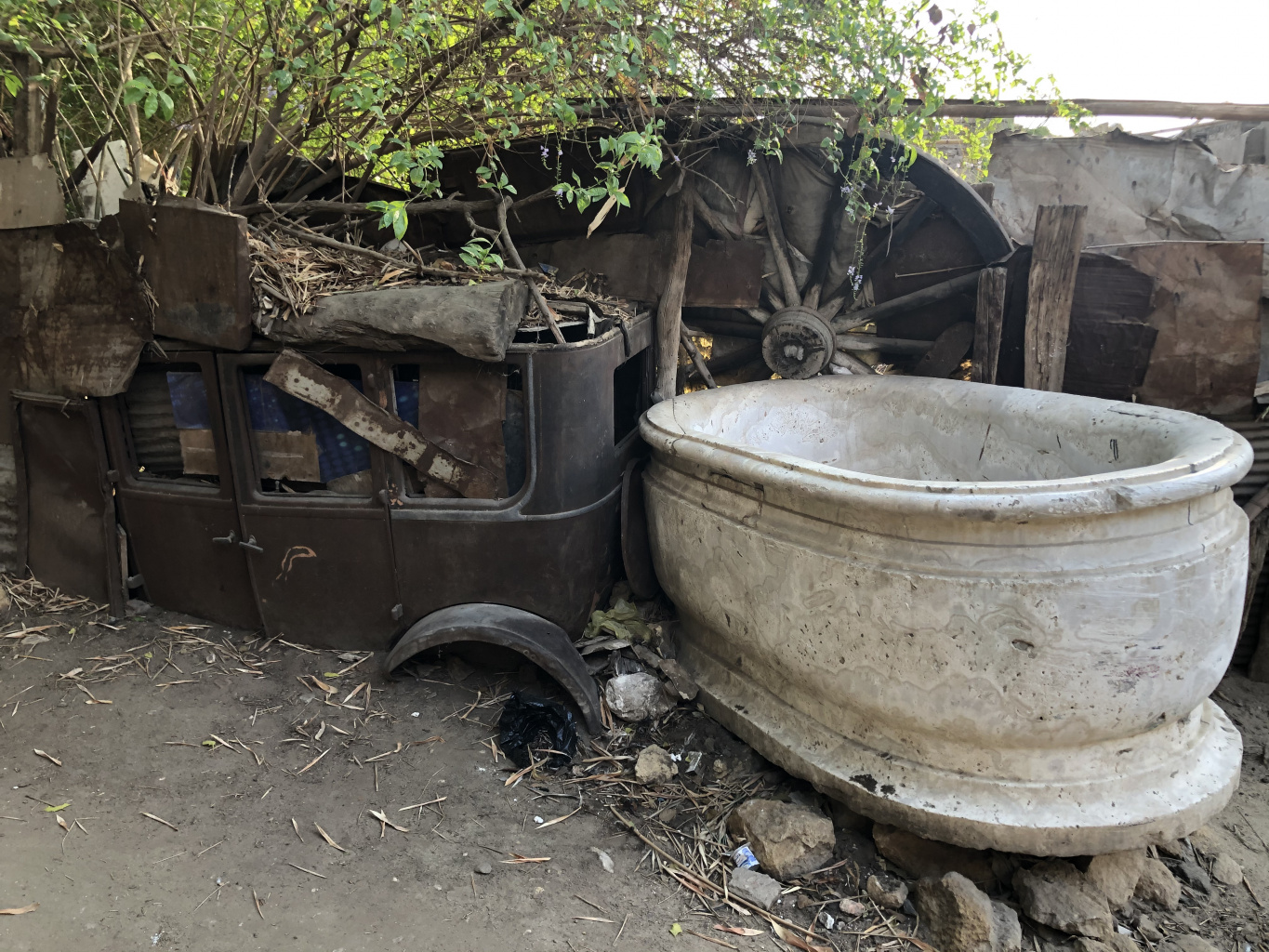The Egyptian capital is not only a museum of antiquities and pyramids. There are places where tourists go rather seldom. Meanwhile, one can feel sometimes the true essence of the city and its soul in such secluded corners hidden from the eyes of strangers.
Universal tranquility and detachment from the world, the spirit of sorrow hovering everywhere, languishing silence and hope for eternal life, the realization of inevitability and predestination... Probably, this is how the atmosphere that reigns in the cemetery can be described. However, when you get to the Cairo’s “City of the Dead”, the usual idea of such a place disappears.
“Hello and peace be with you!” says the local cemetery attendant Ahmed who was so kind to make an unusual tour of the cemetery. “I won’t say “welcome” as this place is not quite suitable and you are unlikely to want to stay here.” This Egyptian, about 40 years old, belongs to the old ‘caste of morticians’ and has just inherited a difficult, but very responsible business from his father who recently died at an advanced age after many years in the funeral business.
Imam al-Shafi’i, Al-Ghafir, Basatin al-Ulyanaa, El-Mugaurin or Sahara al-Mamalik (Desert of the Mamluks) are several huge ancient necropolises stretching for 12 kilometers from north to south at the foot of the Muqattam Mountain (also known as the Mukattam Mountain or the Mokattam) towering over the Egyptian capital. They are commonly called the “City of the Dead”, or the “al-Qarafa” (locally pronounced as al-‘arafa”, cemetery) where the living people have to share their last refuge with the dead for many years.

From the outside, these stately necropolises with family charnel vaults, tombstones and mosques attract attention with the curlicue Arabic script and unique oriental flavor. Some tombs date back to the epoch of the Fatimids dynasty /909-1171/ and are genuine works of art; there are also mausoleums of the Mamluk sultans Barquq and Qaitbay. This is not just a cemetery, it is also a monument of history and architecture, fascinating and enchanting in its own way.
But the Egyptians who have settled here for more than one generation are indifferent to architectural flourishing and historical journeys. Long ago, the poor and the homeless who did not have any means for more “human” housing have chosen dozens, hundreds, and even thousands of medieval tombs and obelisks as their homes.

“My great-grandfather started working here back in 1904, my father was an engineer at a big construction company, and I am an accountant, and I have my own office,” Ahmed begins his story holding an expensive smartphone in his hands. “When my father died, I inherited his business as his eldest son.
In total, there are seven brothers in their large family, all children received their higher education and now, they are lawyers, engineers, economists, etc. “And our only sister is your colleague, a journalist,” the mortician says proudly. He himself practically does not live in the cemetery area, and many who have to work among charnel vaults have quite normal jobs. “I have my own house in another district, a normal one, and I am here solely on duty,” Ahmed emphasizes this. “By the way, I’m not alone, there are several dozens of the people like me in this area. There is even a whole union of cemetery attendants who are registered at the governor’s administration, but we do not receive official salaries.”
The first living guests appeared in the City of the Dead at the end of the 19th century. According to the 1898 census, 35 thousand people lived among the tombs. In 1947, 69 thousand people lived there, in 1966 - 87 thousand, and in 1986 - about 180 thousand people. After the 1967 war, a flow of refugees from the Suez Canal region rushed to this place. In the 1970 through 1980s, a rapid growth of the capital’s population led to an acute housing crisis, and people from the villages settled there who had no housing in Cairo. And urbanization continued to push people to the capital...

Another wave of the people who settled in this place occurred after a powerful earthquake in October 1992 when hundreds of people died and tens of thousands of the Egyptians became homeless. Many people eventually hoped to move back to the places where they lived, however, as you know, there is nothing more permanent than temporary. No one can say for sure how many people live today in the City of the Dead. According to some sources, 50 thousand, and according to other ones, half a million, or even more than one and a half million people live in the City of the Dead.
The first ‘settlers’ had nothing but the roof of the charnel vaults over their heads, with the doors open onto courtyards full of other charnel vaults and tombstones. Later, the enterprising people connected to the power lines, and electricity appeared in many charnel vaults. In some of the most ‘comfortable’ areas of the cemeteries, the city authorities eventually allowed electricity supply.
“We have water and power supply, a sewerage system, but not a central one because the pipes need to be laid at a certain depth, which is impossible here,” Ahmed continues. “Some people even laid telephone landline network here, they have electric power meters and pay their bills.”

He said that the poor people are negotiating now directly with the families who own the charnel vaults to get the permission to live in these places. If relatives allow, then they can move in. They do not pay anything but just look after the charnel vaults as a ‘rent’ and taking care of their ‘neighbors’ gone to a better place, and when numerous relatives come for religious holidays, they just leave these ‘apartments’ for a while.
There is one interesting point - the ‘tenants’ who flock here from different parts of the Land of the Pyramids may not be registered anywhere at all. “They don’t have documents, and when children are born here, no one runs to get their birth certificate,” the Ahmed told us about some local realities. “Often no one knows about them - these people, although alive, are not registered anywhere.” At the same time, he notes, those who has no conflicts with government agencies may have one of the names of the necropolis as the place of their residence.
Although the City of the Dead is a multi-faceted architectural ensemble and has its unusual beauty, tourists should not walk there alone. Moreover, no policemen were ever seen there. There are many rumors and legends about the cemetery and people say about dozens of escaped convicts and very dangerous criminals, drug dealers, arms mongers, dealers in stolen goods as well as various bandits and petty thieves who once lived in this place and are still hiding from the authorities. However, according to Ahmed, the rumors are exaggerated.
“Here, all people know each other, and there is no crime here. However, they don’t like strangers to come here. If I wasn’t with you, anything could happen,” he tells us a ‘good’ news. “By the way, it’s true: neither policemen, nor army men come here. But even during the last revolts and general chaos on the streets, it was quiet here.” According to him, even dangerous criminals try to keep away from this place. “No stranger can get to us, and all the bandits know from their own experience that if they come here, they will have to flee,” the cemetery accountant says. “And many people just have fear of the other world. Anyway, it is a cemetery."
And it suggests a natural question about unnatural events. “I personally haven’t seen ghosts. Nothing like this happens here during the day, but unusual things happen at nights: doors, for example, open by themselves without any drafts; cups, water bottles and other things fall from the tables. And in darkness, sounds are heard in some places, including the cries of animals, although neither birds, nor cats, nor dogs are here. But we are used to this, there is nothing strange in this for us,” Akhmed says with some nervousness, starting to whisper.
Unlike holidays when families come to honor the memory of their departed relatives and there are crowds of people here, mysterious silence envelopes the City of the Dead on weekdays. Just a few hundred meters away, the life is active in the never-sleeping Cairo, but it is so quiet City of the Dead that it takes your breath away. And in such an atmosphere, the guests and visitors sitting in the few coffee houses and snack-bars located in the cemetery, are especially quiet and slow. Time seems to have stopped for these people, if it has ever existed at all.

But these people still remain humans, and nothing human is alien to them. Here, as well as outside of this peculiar world, holidays are celebrated cheerfully, football fans are noisy and merry weddings are held. There are small shops in the cemetery selling food and cigarettes, workshops for repairing motorbikes and ‘tuk-tuks’ or the ones for producing ceramics and other utensils. We also saw a minibus with many passengers making its way through the narrow streets where two motorbikes can hardly pass around each other, and these minibuses take the residents of the City of the Dead to the ‘city of the living’. The City of the Dead is very clean, neat and well kept, which most metropolitan areas can envy.
Al-Qarafa leaves a double, ambiguous, but still surprising and indescribable impression. The City of the Dead in Cairo proves once again that life can be everywhere, albeit between the two worlds, each of which is not willing to share its mysteries and secrets.


